Electrical Engineering
A different kind of light
The discovery of the incandescent light bulb has transformed human existence. New LED technologies promise to be the next step forward.
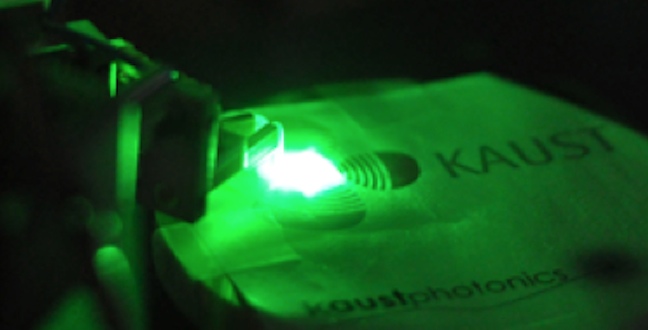
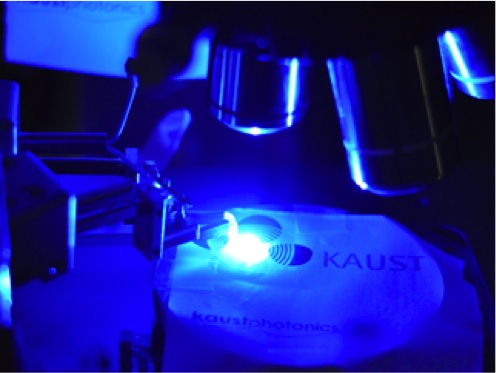
KAUST’s research is going beyond LEDs to develop solid-state lighting solutions based on lasers.
© KAUST 2015
The International Year of Light in 2015 marks 1,000 years since Ibn Al-Haytham’s pioneering work on optics, Kitab al-Manazir. Since then, light has grown ever more intrinsic in our lives, from fiber optic cables that are the conduit of modern communication to the blinking LEDs that inform and entertain us. Now research from the Division of Physical Science and Engineering at KAUST is contributing to the next generation of lighting technology, which promises to continue transforming our world.
For most of human history, light was produced from heat — candles, lanterns or open fires. The invention of the electric light bulb has been an effective tool for more than a century, but the technology is energy intensive. While the advent of light-emitting diodes (LED) has changed the picture, KAUST’s research is going beyond this stage to develop solid-state lighting solutions based on lasers.
LEDs are solid-state devices that produce light by using electricity to recombine electrons with holes, which are positively charged particles, in a semiconductor. This releases a certain amount of energy as light, the color of which depends on the material of the semiconductor. For instance, gallium nitride-based LEDs can reach higher efficiencies than older technologies by producing visible light directly, instead of through heat or fluorescence.
“Lights using semiconductor lasers can reach very high efficiencies,” says Boon Ooi, the head of the laboratory. “The typical efficiency of LEDs is 40-50 percent. With lasers, we can hit 70 percent or beyond.” A laser-based light would need only 4W of power for the same luminosity as a standard 60W incandescent bulb. The equivalent fluorescent light draws 14W — even a LED consumes more than twice the energy of a laser-based light.
This low power requirement makes a laser-based light an especially attractive option where electricity is scarce or unreliable, since they can readily be powered by solar-charged batteries. Even in countries where energy is cheap, such as Saudi Arabia, their efficiency offers significant benefits. Lighting currently accounts for 30 percent of the energy consumption in the Kingdom, and energy demand is expected to double in the next ten years. Most of the lights in Saudi Arabia are incandescent or halogen lamps and replacing these with solid-state lights, whether based on LEDs or lasers, would significantly reduce consumption and help offset the anticipated increase in energy demand.
Ooi left a professorship in the United States to join KAUST several years ago. “In the US, you just become another successful professor, but the vision for KAUST is different,” he explains. Ooi says the abundant resources and supportive research environment at KAUST give him an opportunity to make a bigger impact.
He has been able to expand his research group and explore new avenues and, in 2013, his lab was awarded a five-year, multi-million dollar grant by the King Abdulaziz City for Science and Technology (KACST) to form a Technology Innovation Center focused on laser-based solid-state lighting. Ooi’s lab is working with Shuji Nakamura at the University of California, Santa Barbara, a co-recipient of the 2014 Nobel Prize in Physics for his role in the invention of the blue LED and laser, in an effort to develop red, green, and blue semiconductor lasers bright enough for lighting. They produced a high brightness red laser last year and are currently patenting orange and yellow lasers.
However, Ooi says a true green semiconductor laser remains beyond their reach, due to the difficulty in finding an appropriate semiconductor material — the same challenge that Nakamura faced with the blue LED and laser. Ooi’s group is currently exploring different angles, such as using nanowires or new materials, to produce the elusive color.
Ooi’s goal is to integrate red, green, and blue lasers on to a smart chip in the next few years. By varying each laser’s contribution, the chip will produce any color. Lights based on this technology will be more efficient than LEDs and have better color. There are also interesting transformative applications of this technology. Ooi’s team is doing a pilot using red and blue laser-based lights to grow plants indoors on shelving units. The lights produce very little heat, minimizing the need for cooling and the water lost to evaporation. If successful, this approach could be applied to dramatically increase the agricultural potential of arid countries like Gulf states.
Another promising application is a high-speed undersea communication system being developed with KAUST’s Professor of Electrical Engineering Mohamed-Slim Alouini. Seawater absorbs very little blue light, and a narrow spectrum laser can transmit data much faster than existing optical or ultrasound techniques. So far, the team has successfully transmitted data through ten meters of water at over 1Gb/s, at least 100 times faster than current technologies— for comparison, ultrasound reaches 50kb/s while optical transmission ranges between 1 and 10Mb/s.
As the International Year of Light dawns, the photonics lab at KAUST is poised to offer the benefits of a new kind of light. To promote their research, the team is planning to host “Lightfest-2015” in Jeddah this summer to educate the public about the benefits of newer technologies. Additionally, light was a main theme of the 2015 Winter Enrichment Program, with movies, workshops and experiments to help explain the ubiquitous phenomenons. With the expected efficiency of laser-based lighting, and the wide range of its applications, the future is looking bright.
You might also like
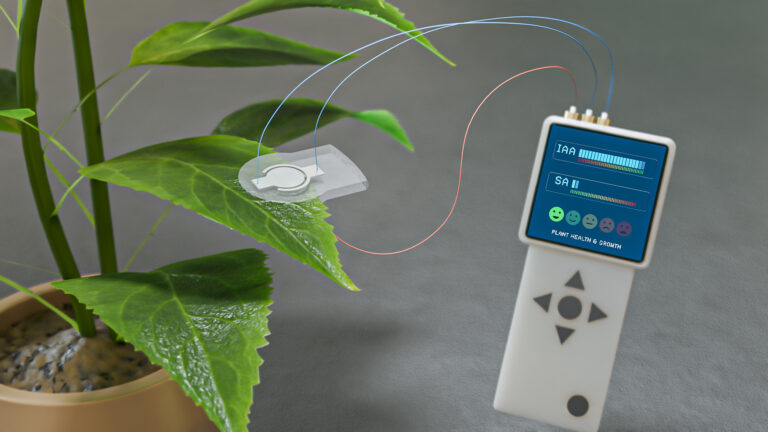
Bioengineering
Sensing stress to keep plants safe

Computer Science
Sweat-sniffing sensor could make workouts smarter

Electrical Engineering
New tech detects dehydration by touching a screen
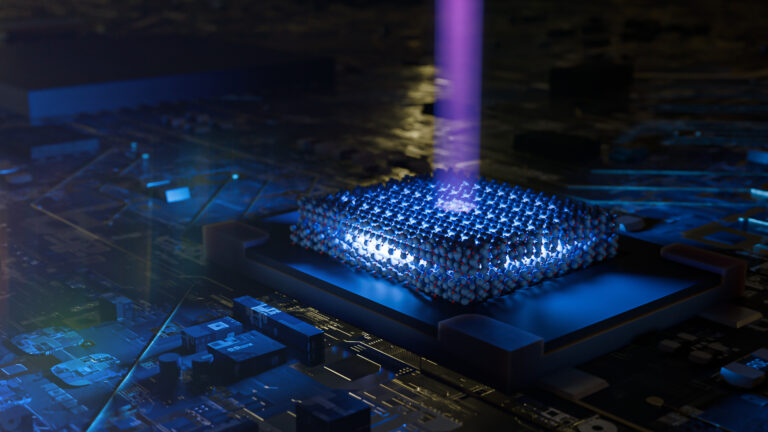
Electrical Engineering
A new interface for efficient electronics
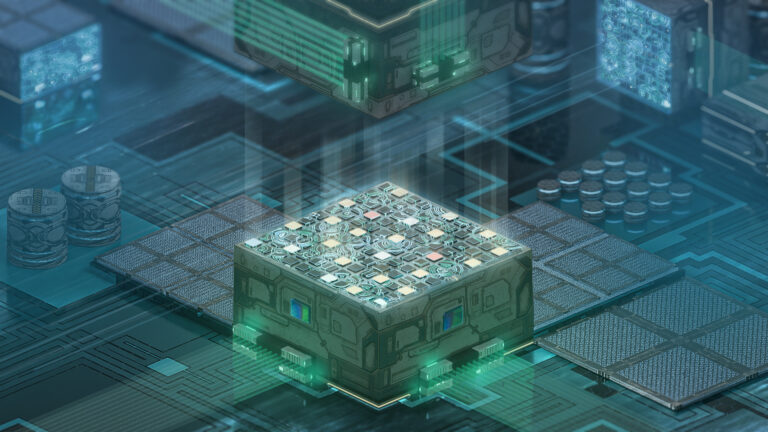
Electrical Engineering
Artificial neurons enable neuromorphic computing with light
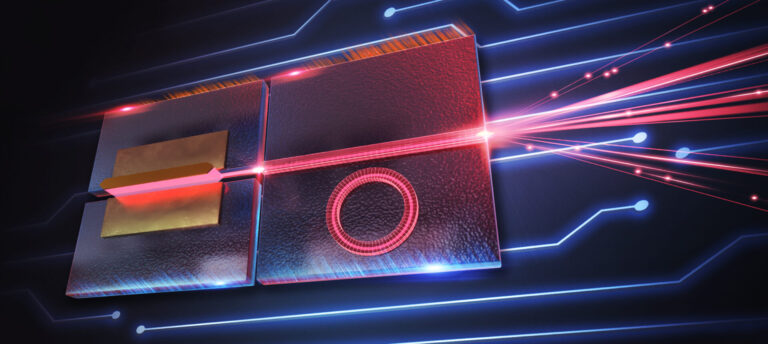
Electrical Engineering
Narrow-linewidth lasers bring low-noise answer
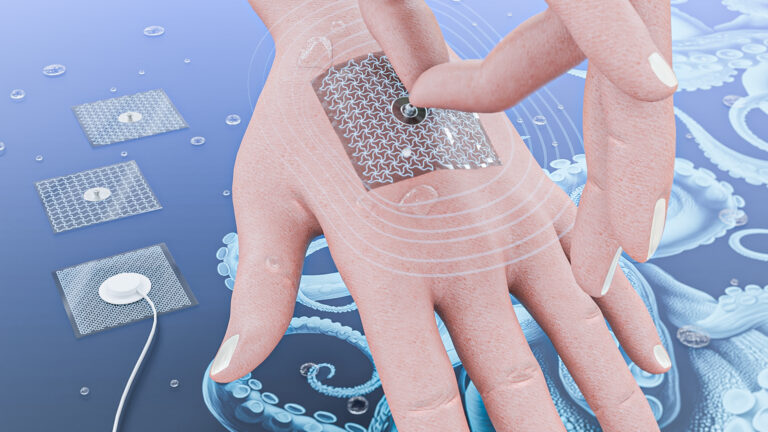
Electrical Engineering
Octopus suckers inspire sticky medical patch
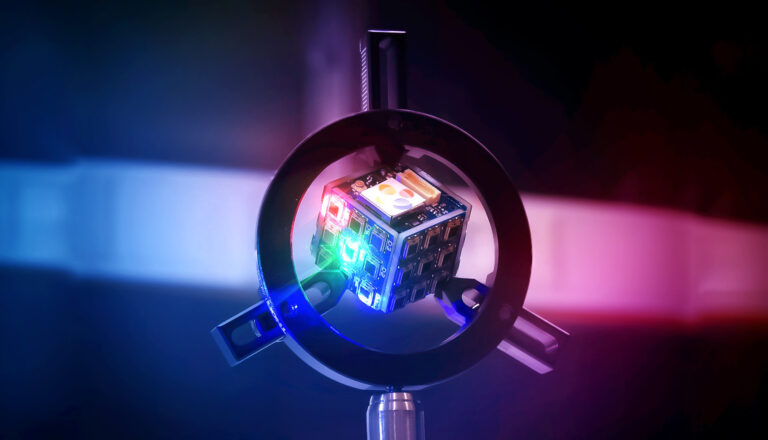
Electrical Engineering



